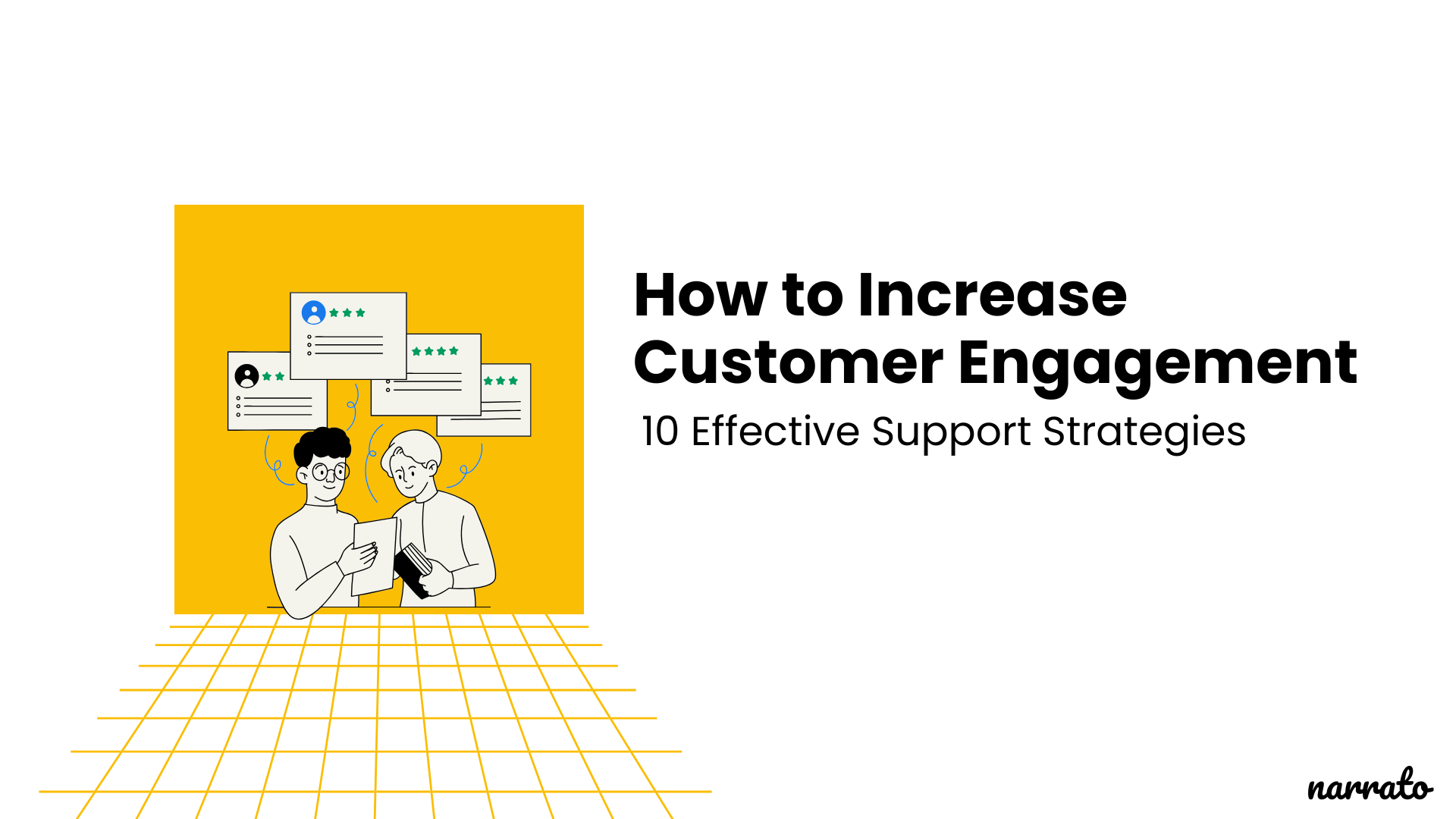Customer attention isn’t what it used to be. Remember the days when a “10% off” email was enough to spark a reply? Yeah, neither do your customers.
These days, to increase customer engagement, you need more than just discounts and newsletters. You need a strategy that’s as dynamic as the people you’re trying to reach.
To unpack what actually works, we analyzed strategies of 20 various companies like Notion, Grammarly, Miro (you’ll find their examples below). On top of that, we pored through recent reports, webinars, Reddit threads, and even Quora hacks to find what’s really moving the needle.
The result? This article will save you days of research and provide answers to:
- What are the benefits of working with customer engagement?
- How to personalize customer communications?
- What’s the best way to re-engage lapsed customers?
- Which channel builds advocacy faster?
- How do you measure if your strategy’s working?
But first, let’s check if we’re on the same page about the basics 👇

What customer engagement is
Customer engagement is the ongoing interaction between a brand and its audience – across any channel – that’s driven by value, not just a sale. Don’t mix it up with a pop-up ad or a random “Happy Friday!” email. It’s a well-planned communication strategy between brand and customer that builds trust and keeps people interested. The main goal of each message is to move recipients closer to taking action.
Now, what does that actually look like?
Let’s say you’re a SaaS marketer at a productivity app. A user signs up for a free trial. Cool. But then what? You’ve got them in – now it’s your job to keep them coming back. So you trigger a welcome email with a one-click setup guide. Then a progress nudge. Then a webinar invite.
It’s not sales but pure assistance. You’re opening doors, removing friction, helping them win.
This is how engagement works. And when it’s done right, it builds trust, habits, and eventually… customer loyalty.
Why is customer engagement crucial
Customer engagement is closely tied to sales, customer retention, and long-term success. We looked at reports from Forrester, and PwC, as well as real-life examples of SaaS.
The lesson is clear: brands that put a clear plan to interact with a customer do better than those that don’t.
Here is why 👇
Growth of the brand advocates from multiple channels
When you consistently show up with value, assistance, and a bit of personality, that builds trust. And trust builds loyal customers who don’t just renew, but refer. They post on social channels. They tag. They advocate.
Thus, 92% of people trust recommendations from friends and family over any other type of advertising. And the best part: referred users are 4x more likely to become your potential customers and have 16% higher lifetime value.
Collecting useful customer feedback
One of the best perks of a solid engagement strategy? People actually talk back about their customer experience successes and failures.
Every time a user shares a thought – a client ticket, a reply to an NPS email, a 3-star review – that customer feedback is insight you didn’t have to guess at.
In fact, 77% of consumers view brands more favorably when they proactively seek and apply feedback.
Increasing customer satisfaction
Good customer engagement is when customers get quick answers, personalized nudges, or helpful content right when they need it.
The result? Satisfaction soars. Companies that lead in customer experiences achieve 1.6x higher customer satisfaction scores.
Reducing customer churn
Churn frequently grows when the customer journey is hard to follow. But a personalized onboarding strategy, well-timed nudges, and quick-win value keep customers around.
Brands that actively ask for their thoughts and act on them have up to 15% higher customer satisfaction and lower attrition.
Boosting revenue
When you engage with people at every touchpoint, your revenue grows. Customers buy more, stay longer, and promote you across the web.
Stats prove it. Fully engaged customer relationships deliver 23% more revenue.
10 Customer Engagement Strategies You Should Adopt
We dug into customer engagement ideas from real brands – not what sounds good on LinkedIn. These 10 customer engagement strategies came from real campaigns, interviews, and usage data. Here you’ll find ideas that boosted engagement, deepened advocacy, and helped customers stick with your brand.
If you want practical ways to improve customer engagement, this is your list 👇
Listen to what your audience says on the web
A successful customer engagement strategy starts with listening. Seriously. Your best insights are already out there – on Reddit threads, G2 reviews, Twitter replies.
For example, this customer feedback about a VEED company product is reach on insights on the product improvements :
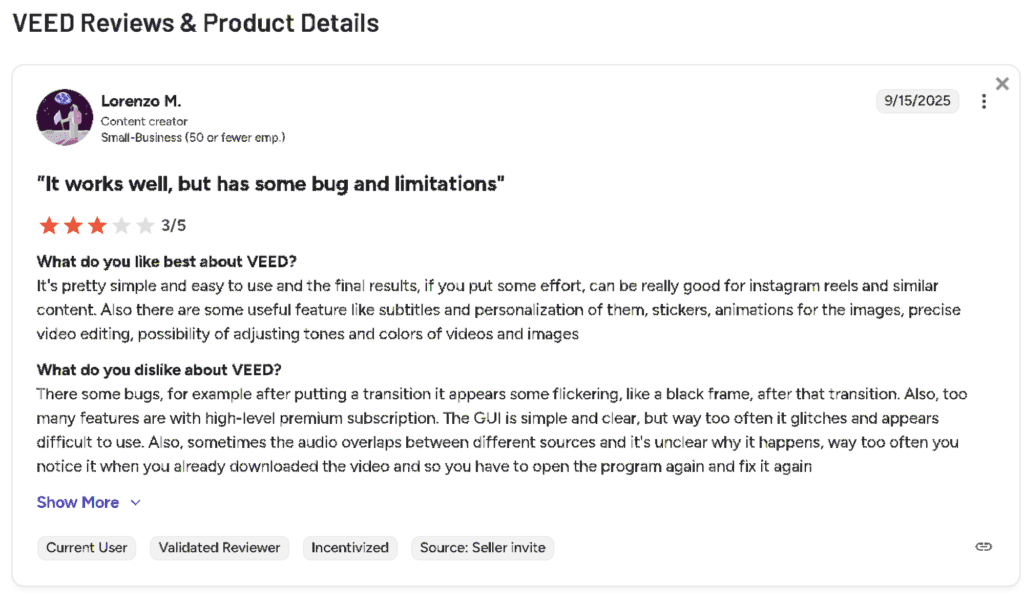
Use tools like Brand24 or Mention to track product mentions and keywords. Pull recurring pain points into Airtable. Tag themes like “feature bag” or “pricing frustration.”
That raw feedback is your cheat code to better customer experience strategies.
Analyze user behavior to identify gaps in customer experiences
A must-have element of a successful customer engagement strategy is spotting the silent drop-offs. Use Hotjar to find scroll-depth fall-offs – like users reaching a pricing table but not clicking. In FullStory, watch for rage clicks and abandoned form fields.
In your customer engagement platform, check if:
- Customers stop replying after a certain outreach message,
- Open newsletters but never visit the site,
- Churn after a campaign ends,
- Mobile push gets ignored while email gets clicks.
Cross-analyze with CRM or product usage: Where does activity drop? When do trial users stop logging in?
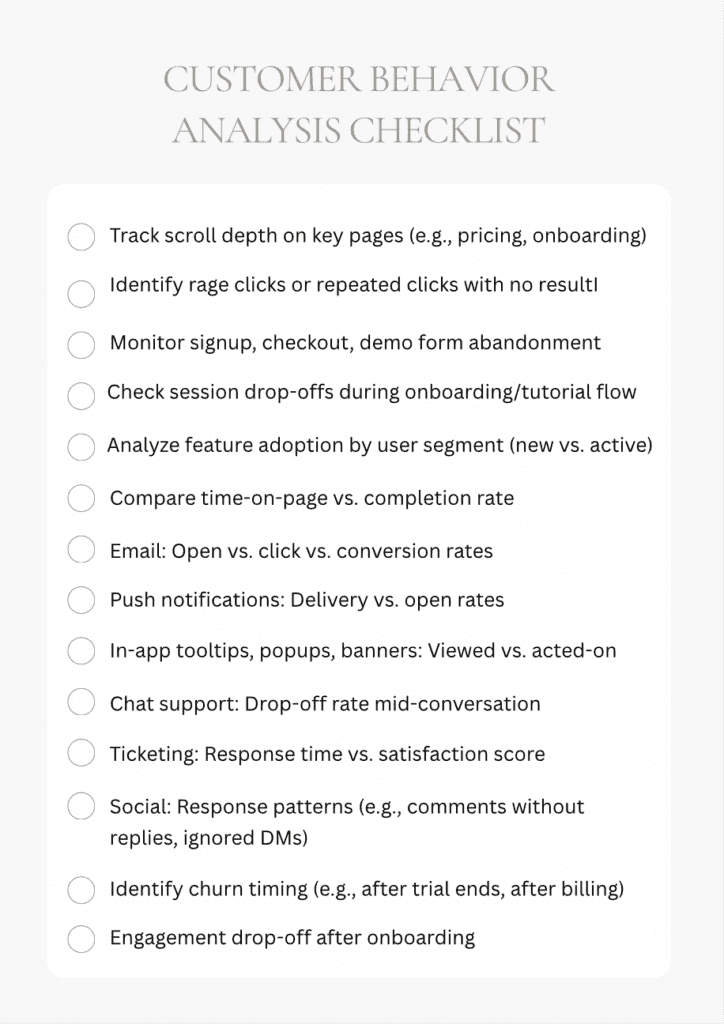
Those moments of silence signal broken experiences your brand needs to investigate fast.
Don’t just post, talk with your customers on social media
Treat socials like a real-time user assistance channel. Route DMs and comments straight to your customer service team. For this, you’ll need monitoring tools to catch replies, tags, and even those sneaky untagged mentions.
Aim to respond within the first hour. Product questions, complaints, shoutouts – all of it. For example: ‘

And when you do, prioritize verified customers or high-engaged accounts that can amplify your reach.
Start every reply with a purpose: acknowledge praise, assist with problems, or ask a follow-up. Each message should be personalized based on who they are, how they feel, or what they’ve done before.
Personalize your communications with customers
For this, you need rich customer data. It can be their subscription type, usage patterns, or recent review. AI tools like Narrato or Typeface use that info to make your welcome emails, feature tips, or renewal nudges sound like this message written especially for you.
In Typeface, for instance, you can connect directly to your CDPs and CRMs, automatically pull audience insights to generate segment-specific content. This eliminates the manual effort of creating dozens of message variations while maintaining authentic personalization at scale and still remaining on-brand.
Here are proven ideas for personalization of your customer experiences:
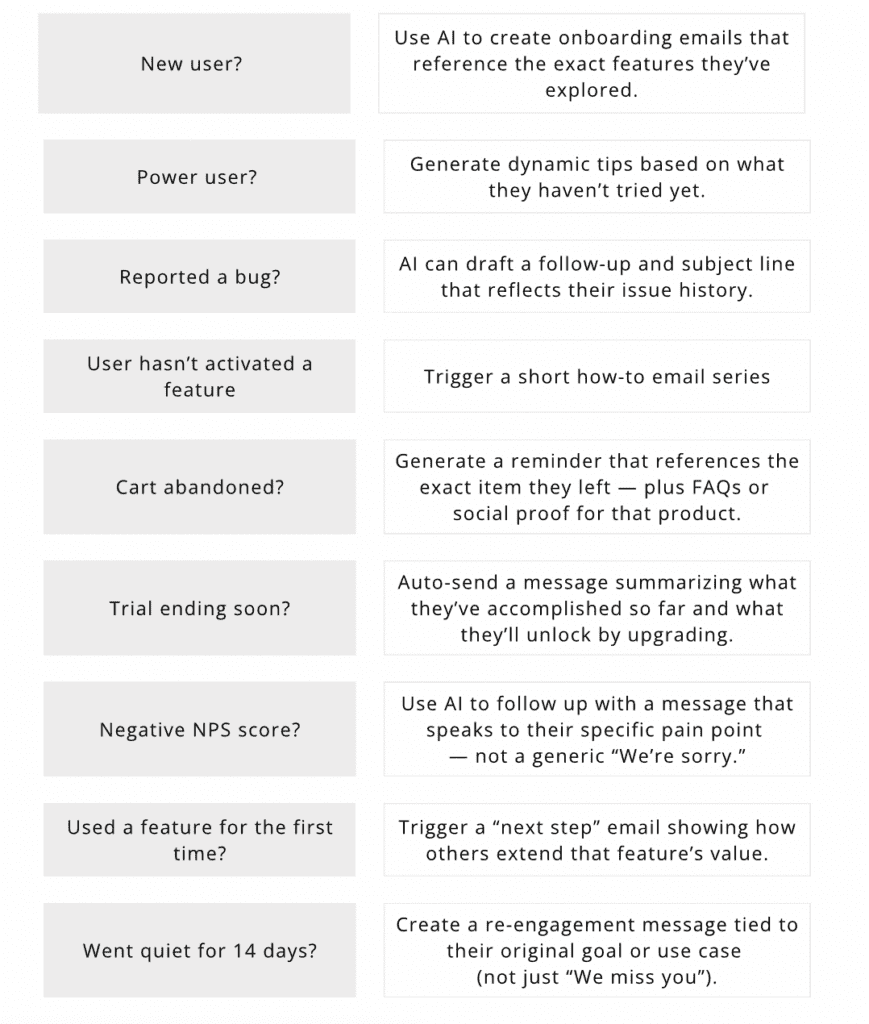
Host regular customer support events
To make events a part of your customer engagement strategy, they should be focused on resolving problems.
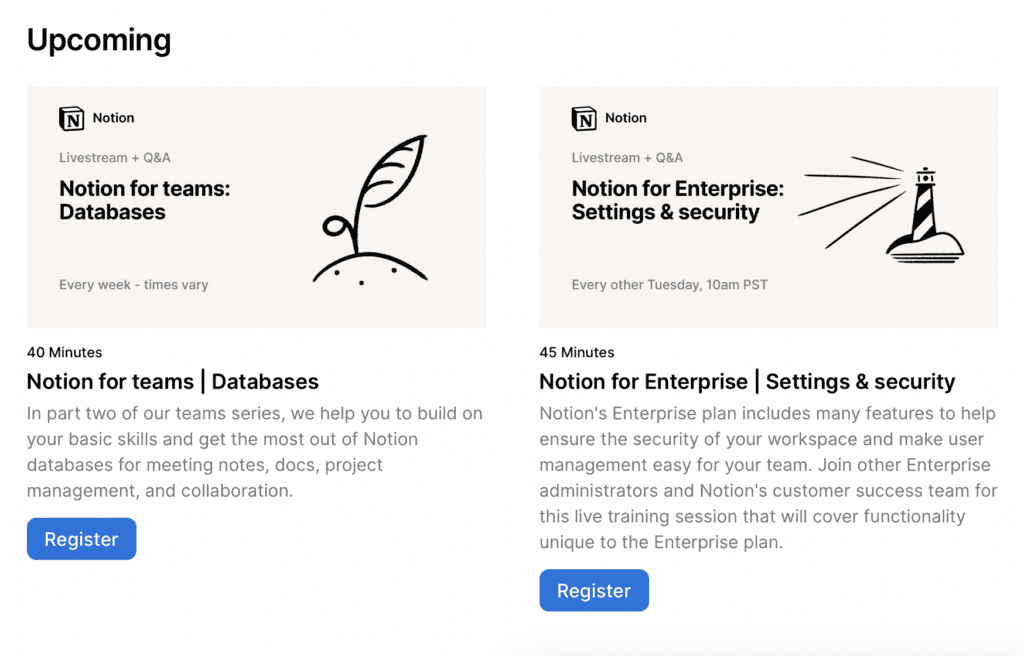
For example:
- Host monthly Q&A sessions with your customer success team – live, unscripted, and focused on real questions. Share screens. Walk through fixes. Let customers vote on the topics in advance.
- Invite power customers to “Pro Tips Live” and showcase the advanced workflows to them.
- Once per month, launch Ask Me Anything sessions with your HCS.
- You can also run “office hours” like Notion or Webflow, where your team helps troubleshoot live setups or reviews common mistakes.
Implement gamification in the customer experience during onboarding
If your brand relies on email to guide new users, steal this move from Grammarly: gamify the inbox.
Grammarly sends weekly “achievement” emails showing words written, tone trends, and streaks. It’s not just reporting – it’s progress feedback disguised as a win.
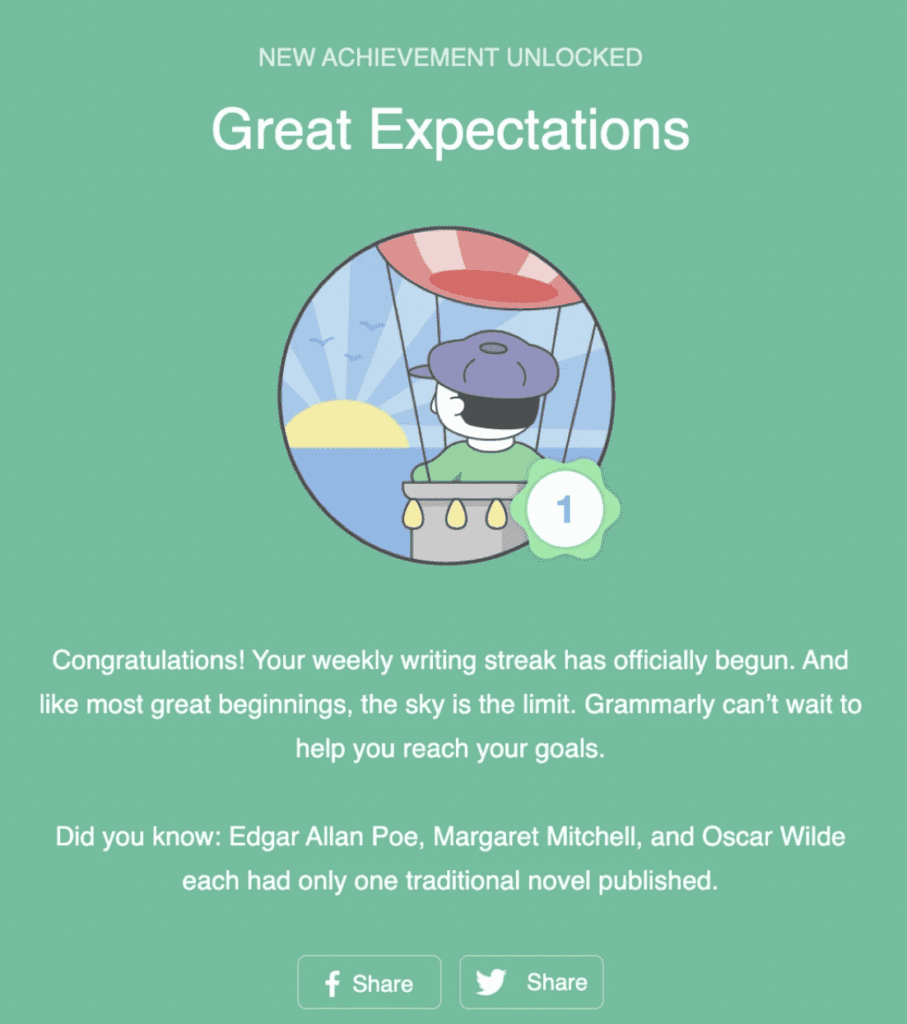
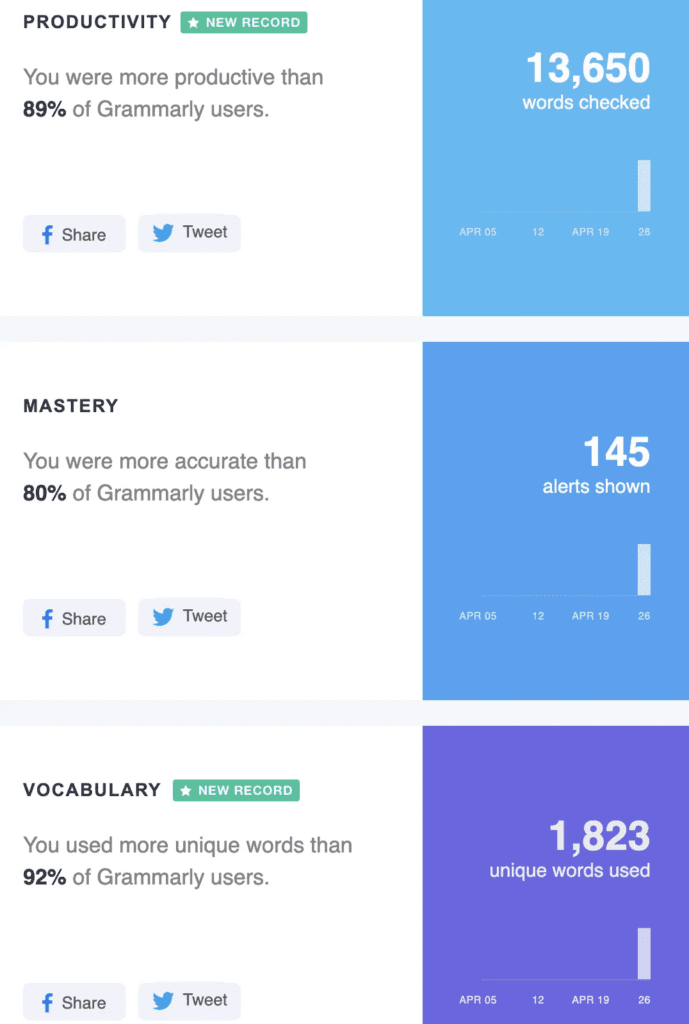
You can do the same. Use onboarding emails to show milestones: “You created 3 projects – just 2 more to unlock your productivity badge.” Add visual trackers, fun language, and a nudge to complete the next step.
This kind of email-based gamification engages your client base without extra dev time. The onboarding sequence turns into a lightweight, habit-forming customer engagement strategy your customers actually enjoy opening.
Read also: Email Marketing Trends
Offer customers the opportunity to join a community
Invite to a community at the moment of struggle. When customers submit a low-priority ticket, auto-reply with, “Want help faster? Ask the community – here’s a thread on this exact issue.”
Link to the forum tag, Slack group, or Discord channel – whatever fits.
It’s one of the most overlooked engagement ideas: let users help each other. You reduce ticket load, build peer trust, and create engagement loops that keep growing – even when your team’s offline.
Launch a reward program
Here’s a fun engagement strategy your team should steal: turn your most curious users into community heroes.
Miro crushed it with their Book Challenge – asking users to share a book that changed how they work.
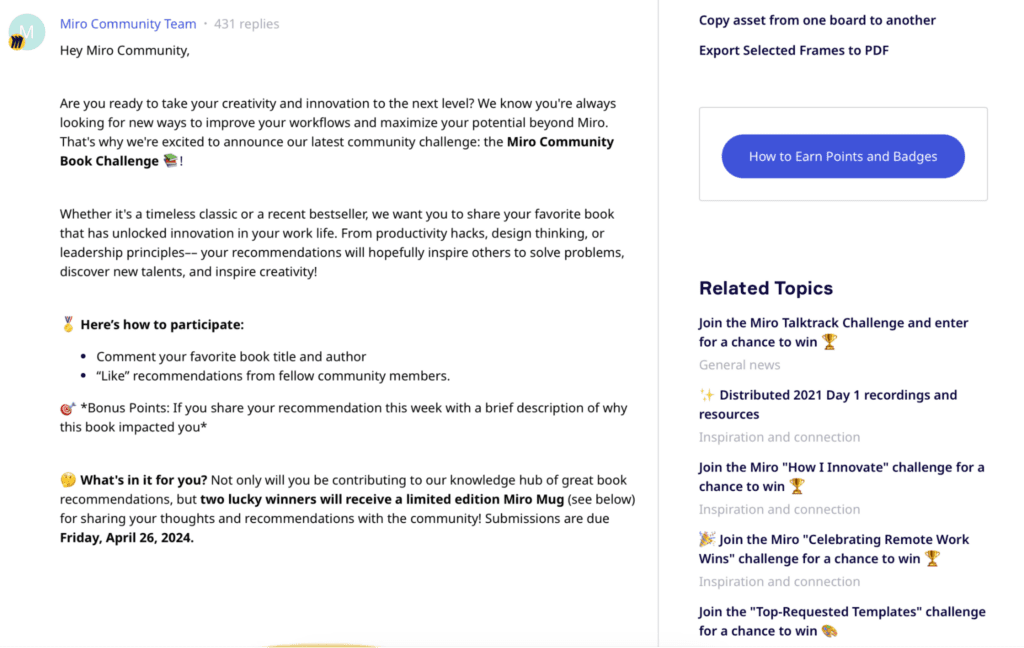
That’s it. No complex rules. Just real people recommending what inspired them. Bonus points for explaining the “why.” Winners got a limited-edition mug (and bragging rights).
It’s about spotlighting stories. You get user-led content, stronger user success connections, and a customer base that feels seen and excited to show up.
Share expert content to boost customer success
Embed expert tips where and when users need them most – during onboarding.
Say your user just connected their first integration. Trigger a follow-up email with a 90-second video from a product expert showing three advanced use cases. Not marketing fluff – actual tactical advice.
Ahrefs does this brilliantly with quick tutorials woven right into the user journey.
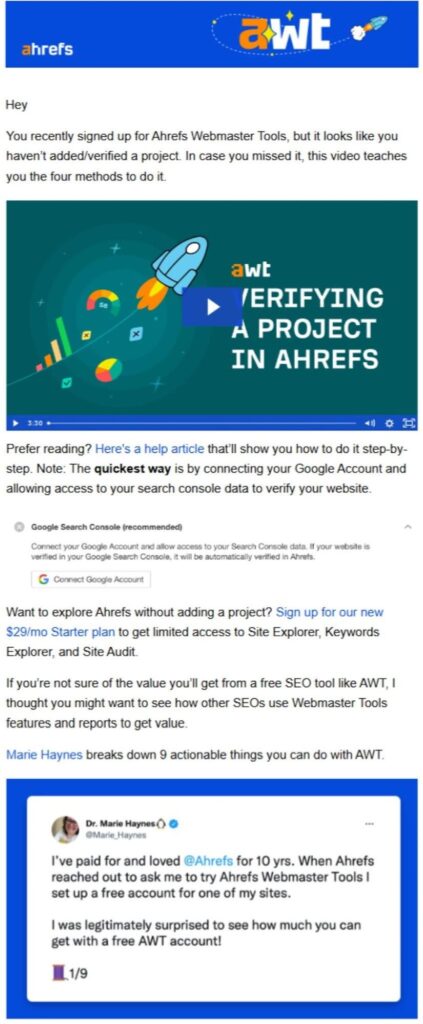
Ahrefs customer engagement email. Image source.
They send an email with a video tutorial right after a customer starts using a new feature.
This kind of engagement strategy shortens the time to value and builds confidence fast. And confidence? That’s the gateway drug to user success.
Use re-engagement emails
Don’t just say, “We miss you.” That’s a sloppy way to outreach. A better engagement strategy to get people to interact with you is to send them an email that reminds them of what they haven’t done yet.
For example, “You haven’t tagged any items yet. Customers who do are twice as happy with their purchases.” Need help?
Use behavioral triggers, such as not logging in for 14 days or not using a feature, and customize the message for each group. It helps your customer base feel like you understand them, not like you’re yelling at them.
How do you measure the outcomes of your customer engagement strategy?
You don’t need a wall of dashboards – but you do need the right signals. The best brands track these customer engagement metrics religiously.
Start with your core loops:
- Customer satisfaction score (CSAT) – aim for 80%+
- Net Promoter Score (NPS) – 30+ is good, 50+ means you’ve nailed it.
- Customer lifetime value (CLV) – SaaS benchmark: 3x your CAC.
- Bounce rate – under 40% on product or pricing pages.
- Retention – 90%+ annually for top SaaS players.
Now track behavioral engagement:
- Email click-throughs
- Product feature usage
- Logins per week
And don’t forget: monitor loyal consumers – repeat users, referrers, advocates. They tell you how strong your customer relationships really are.
Check CSAT/NPS quarterly. The rest? Monthly. Or more often if something’s breaking.
An effective customer engagement strategy ties directly to sales and marketing wins. So you know if you’re truly delivering user success, or just sending emails into the void.
To summarize
Everything we covered comes down to one thing – engagement isn’t luck. It’s built. The strongest brands don’t wait for customers to come to them – they show up first, with timing, relevance, and real assistance baked into every touchpoint.
A great customer engagement strategy doesn’t start with automation or tools. It starts with listening. Go audit where your customer drops off, ignores, or actively leans in – that’s your first roadmap.
Because customer engagement isn’t a campaign. It’s a commitment to show up better, smarter, and sooner than your competitors ever will.
FAQs
What is increased customer engagement?
It’s deeper and frequent customer interactions across the entire customer journey. Every moment signals how connected a customer feels to your brand.
When working with customer engagement, you build loyalty, reduce churn, and create momentum that compounds.
What are the three C’s of customer engagement?
Content, Context, and Consistency.
- First, give customers content that actually solves something.
- Then deliver it when it matters (not just when it’s convenient for your team).
- Finally, show up consistently – across email, in-app, support, and community – so your engagement doesn’t feel random.
That’s what makes an engagement strategy stick.
What does improving customer engagement mean?
It means building a more innovative customer engagement plan to meet people where they are. You personalize touchpoints, remove friction, and keep listening.
Done right, you grow customer engagement while moving users toward long-term success.
What affects customer engagement?
Plenty. Relevance of the message. Timing of the touchpoint. Product usability. Quality of managers’ help. Even tone. All of it feeds into how your brand is perceived.
A strong customer engagement strategy ensures your team is aligned. It keeps every plan and handoff focused on helping the customer succeed.
How is customer engagement measured?
- Start with behavior: logins, feature usage, CTRs, DAU/MAU, session depth.
- Then layer in sentiment: CSAT, NPS, and qualitative reviews.
- Add outcome metrics: customer retention, upgrades, and expansion revenue.
A good customer engagement dashboard rolls this into a single view, so you can track what’s working and what’s not – in real time.


